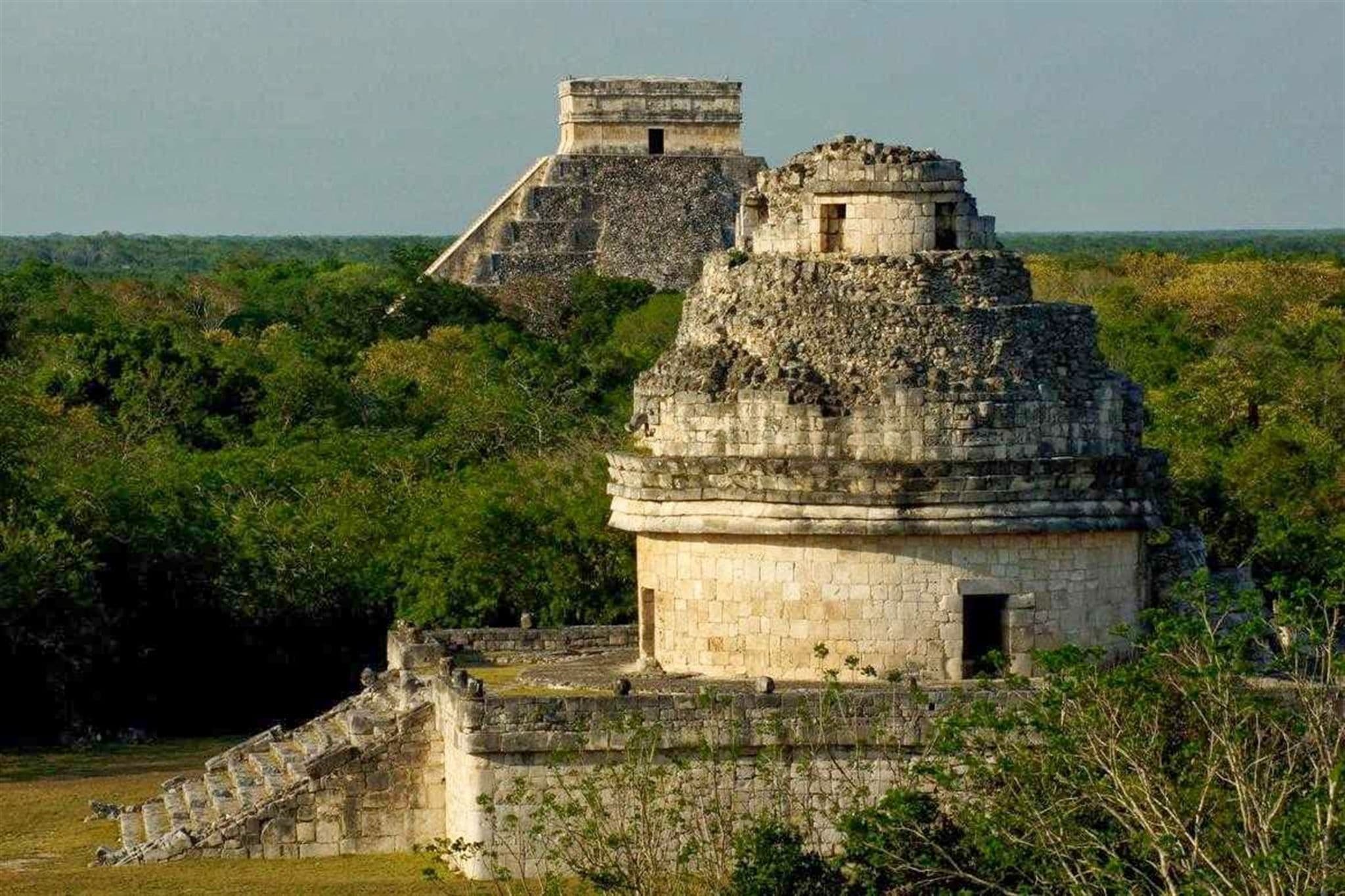Evidence #41 | September 19, 2020
Book of Mormon Evidence: Seasonal Warfare
Post contributed by
Scripture Central

Abstract
The textual evidence for seasonal military conflict in the Book of Mormon aligns well with patterns of seasonal warfare found in ancient Mesoamerica.The Book of Mormon records numerous military conflicts, some in considerable detail.1 On many occasions, the accounts of these conflicts include the month of the year or a similar indicator of when the military action occurred.2 Based on this data, John L. Sorenson has suggested that the Nephites may have used a twelve-month solar calendar that utilized either 360 or 365 days.3 Sorenson noted that warfare in the Book of Mormon generally took place in months 11–3, less frequently in months 4, 5, and 10, and seldom if at all in months 6–9.4
It is reasonable to assume the Nephite New Year began on or about the winter solstice (December 21 or 22), a pattern found in many ancient calendar systems.5 If that were the case, then the Nephite battles would rarely have been fought in the time period roughly corresponding to our June through September. Weather patterns may help confirm this assumption. Southern Mesoamerica has well-defined rainy and dry seasons. The rainy season generally begins in May and runs through October. The dry season generally begins in November and runs through April. Crops are planted near the onset of the rainy season and harvests are usually over by the onset of the dry season. As shown in the following images from NASA, there is a dramatic visual difference between the dry season (first image, taken in April) and the rainy season (second image, taken in October) in southern Mesoamerica:6
Anciently, the dry season was typically when agriculturalists were mobilized into fighting forces. During this time, surplus food supplies were available for provisions, infantry marches were feasible due to hard-packed paths and sparser ground cover, and field camp conditions were tolerable. During the wet season, streams ran high, wetlands were overflowing, paths were muddy, and ground cover was dense.
Numerous war events recorded in Mayan inscriptions can be securely dated, and, as expected, they show that battles in southern Mesoamerica were generally not fought in the height of the rainy season,7 corresponding to our June through September. That was when farmers stayed home and tended their crops. Sorenson felt that evidence for this same basic tendency can be seen in the Book of Mormon:
While we do not know in detail how the Nephite calendar related to the seasons of our year, it is apparent that the Book of Mormon account portrays the usual seasons for warfare as the time when agriculture had the lowest priority; the wars took place primarily in what the Nephites called the last months of the year and continued into the first months of the their new year (see Alma 53:7). If we make the most likely correlation with our calendar, this pattern was essentially the same as that for Mesoamerican wars, November through April.8
John L. Sorenson, Mormon’s Codex: An Ancient American Book (Provo and Salt Lake City, UT: Neal A. Maxwell Institute for Religious Scholarship and Deseret Book, 2013), 386–387.
John L. Sorenson, “Seasonality of Warfare in the Book of Mormon and in Mesoamerica” in Warfare in the Book of Mormon, ed. Stephen D. Ricks and William J. Hamblin (Salt Lake City and Provo, UT: Deseret Book and FARMS, 1990), 155–179.
John L. Sorenson, “Seasons of War, Seasons of Peace” in Rediscovering the Book of Mormon: Insights You May Have Missed Before, ed. John L. Sorenson and Melvin J. Thorne (Salt Lake City and Provo, UT: Deseret Book and FARMS, 1991), 249–255.
John L. Sorenson, “Comments on Nephite Chronology” Journal of Book of Mormon Studies 2, no. 2 ()1993): 207–211.
- 1. For charted data concerning military conflicts, see John W. Welch and J. Gregory Welch, Charting the Book of Mormon: Visual Aids for Personal Study and Teaching (Provo, UT: FARMS, 1999), charts 136 and 137.
- 2. See the section of this article entitled “Relevant Scriptures.”
- 3. John L. Sorenson, “Seasonality of Warfare in the Book of Mormon and in Mesoamerica” in Warfare in the Book of Mormon, ed. Stephen D. Ricks and William J. Hamblin (Salt Lake City and Provo, UT: Deseret Book and FARMS, 1990), 159–163. Sorenson assumed that this Nephite calendar (which was likely just one among several calendars they may have used) was likely modeled after the Israelite calendar (see pp. 162–163).
- 4. See Sorenson, “Seasonality of Warfare” 163–166. It should be noted that although the Book of Mormon only mentions eleven months, there is good reason to believe that they had twelve (see pp. 162–163).
- 5. See Evan Hadingham, Early Man and the Cosmos (Norman, OK: University of Oklahoma Press, 1983), 50.
- 6. NASA has a great deal of satellite imagery, including the Blue Marble series, which captures the surface of the earth in spectacular natural color from high altitude with no cloud cover. These images can be found online at https://visibleearth.nasa.gov/
- 7. See, for example, Stephen Houston, “Watery War” in Maya Decipherment: Ideas on Ancient Maya Writing and Iconography, online at mayadecipherment.com: “Yet, in the Maya region generally, with local variations, rainy seasons do not correspond to an increased incidence of conflict in the historical record. Indeed, quite the opposite seems to be true, from glyphic evidence in the form of secure dates and practical considerations of movement and manpower (Simon Martin, personal communications, 2014, 2019, and in work soon to appear).”
- 8. John L. Sorenson, Mormon’s Codex: An Ancient American Book (Provo and Salt Lake City, UT: Neal A. Maxwell Institute for Religious Scholarship and Deseret Book, 2013), 386–387.